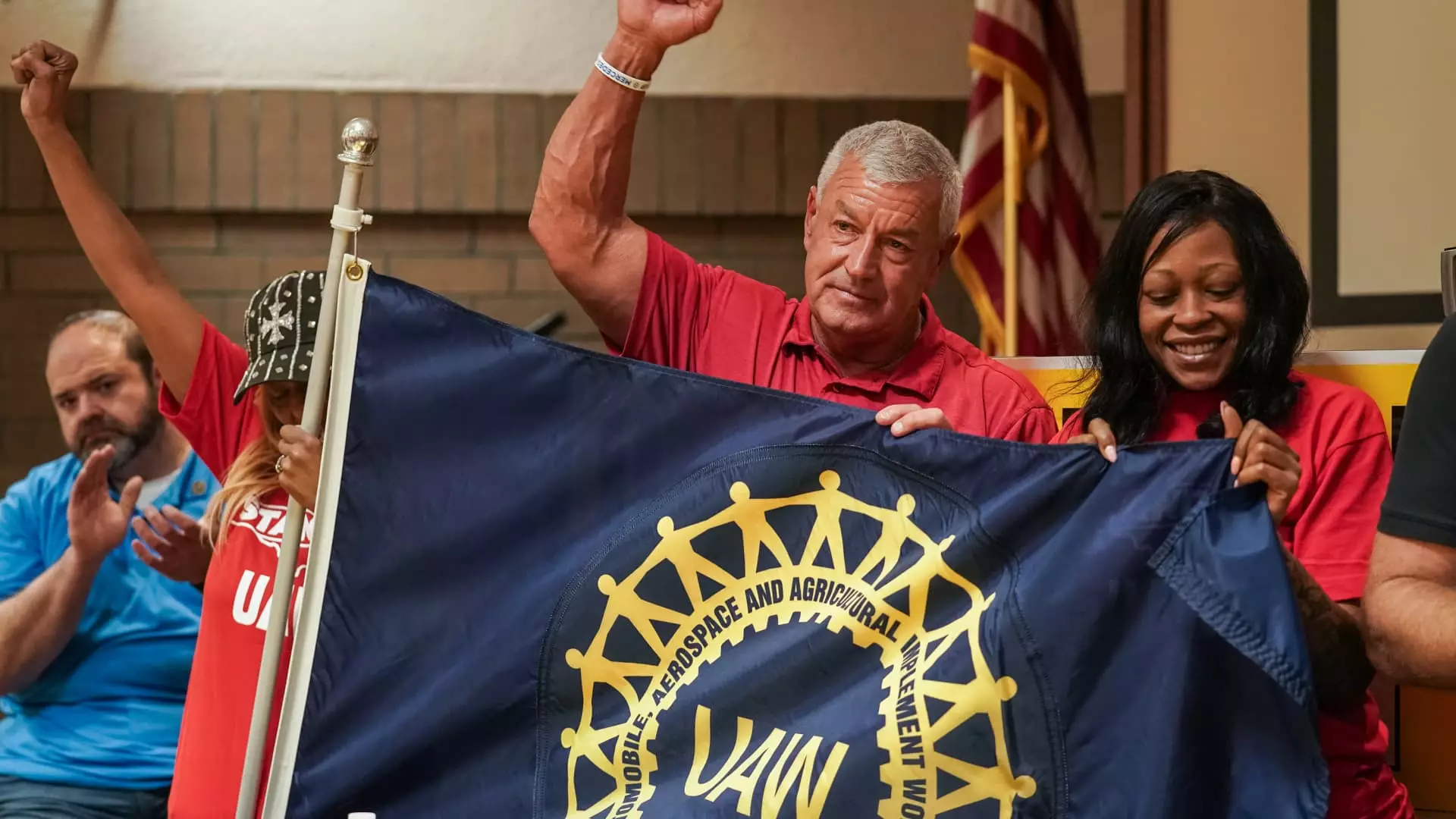On a Wednesday in late June, five prominent labor unions took a decisive step by filing a lawsuit against the Trump administration in a federal court located in Washington, D.C. Their action was driven by concerns over a proposed mass dismissal of federal employees, estimated to potentially affect hundreds of thousands. These employees reportedly face undue pressure to accept severance buyouts, thereby raising significant concerns about the integrity of the federal workforce.
The unions leading this legal challenge—United Auto Workers, the National Treasury Employees Union, the National Federation of Federal Employees, the International Association of Machinists and Aerospace Workers, and the International Federation of Professional and Technical Engineers—believe that such actions infringe upon essential principles of governance. More than just a defense of workers, their lawsuit argues that the Trump administration’s maneuvers undermine Congressional responsibilities regarding the establishment and funding of a federal workforce, inherently violating the established doctrines of the separation of powers.
The defendants named in this lawsuit include key figures from the Trump administration, such as President Trump himself, along with leaders from various agencies, including the Department of Defense and the Consumer Financial Protection Bureau. Notably, the acting director of the Office of Personnel Management is also included among the ten defendants, underscoring the broad targets of the unions’ grievances.
Importantly, this legal action is not isolated. Just days before this lawsuit, other unions had already initiated similar legal proceedings against the federal buyouts, indicating a coordinated effort among labor organizations to combat this perceived assault on federal employment. A significant ruling from U.S. District Judge George O’Toole in Boston added momentum to the unions’ case by maintaining an injunction against the buyout plan, effectively stalling its implementation. This ruling marks a temporary but crucial victory for the unions as they seek to challenge the legality of the federal buyout strategy.
Meanwhile, President Trump’s administration appeared to escalate efforts to streamline federal operations by enlisting billionaire Elon Musk’s expertise in identifying surplus federal employees. This move, perceived as an attempt to expedite layoffs, raises ethical concerns about the role of private sector interests in governing federal employment practices. The collaboration with high-profile individuals could be seen as prioritizing corporate efficiency over worker rights and job stability, further amplifying tensions between the administration and labor unions.
The outcome of this ongoing legal confrontation holds significant implications for the future of federal employment and labor relations in the United States. If the unions succeed, it could set a landmark precedent, reinforcing protections for federal employees against aggressive strategies aimed at reducing government size through drastic personnel cuts. Conversely, a ruling in favor of the administration might embolden further efforts to trim federal ranks, potentially jeopardizing the livelihoods of countless workers who serve the public.
The legal battle initiated by labor unions against the Trump administration will not only impact the lives of federal employees but also shape the future landscape of labor relations in the public sector. As courts consider the arguments presented, the careful balance between operational efficiency and employee rights continues to be a delicate and pressing concern in American governance.


Leave a Reply